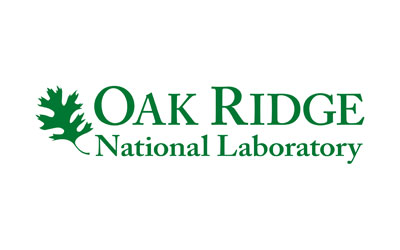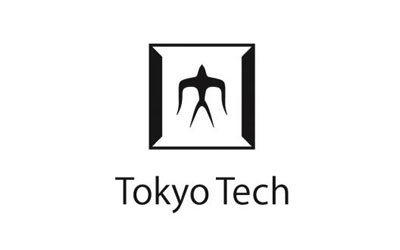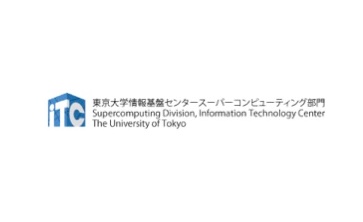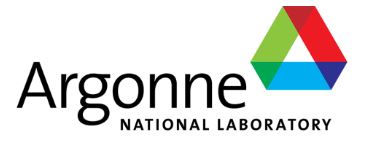National Institute of Advanced Industrial Science and Technology, Department of Information Technology and Human Factors is located in Tokyo, Japan and is home to the Artificial Intelligence Research Center (AIRC). The AIRC aims to promote the implementation of AI in manufacturing, service, healthcare/caregiving, and security, and to strengthen Japan's competitiveness in the manufacturing and service sectors, so that Japan continues to be among the most advanced nations; AIRC also aims to help achieve a more abundant society by new means, through coordination between AI and people.
RIKEN Center for Computational Science, located in Kobe, Japan, is one of the world’s leading research centers for high performance computing and the development of supercomputers, which have become essential tools for modern scientific development. The center is one of the world's top-level research institutions for investigating “the science of computing,” or high-performance computer science, “the science by computing,” or so-called computational science, and their synergy deriving “the science for computation.”










